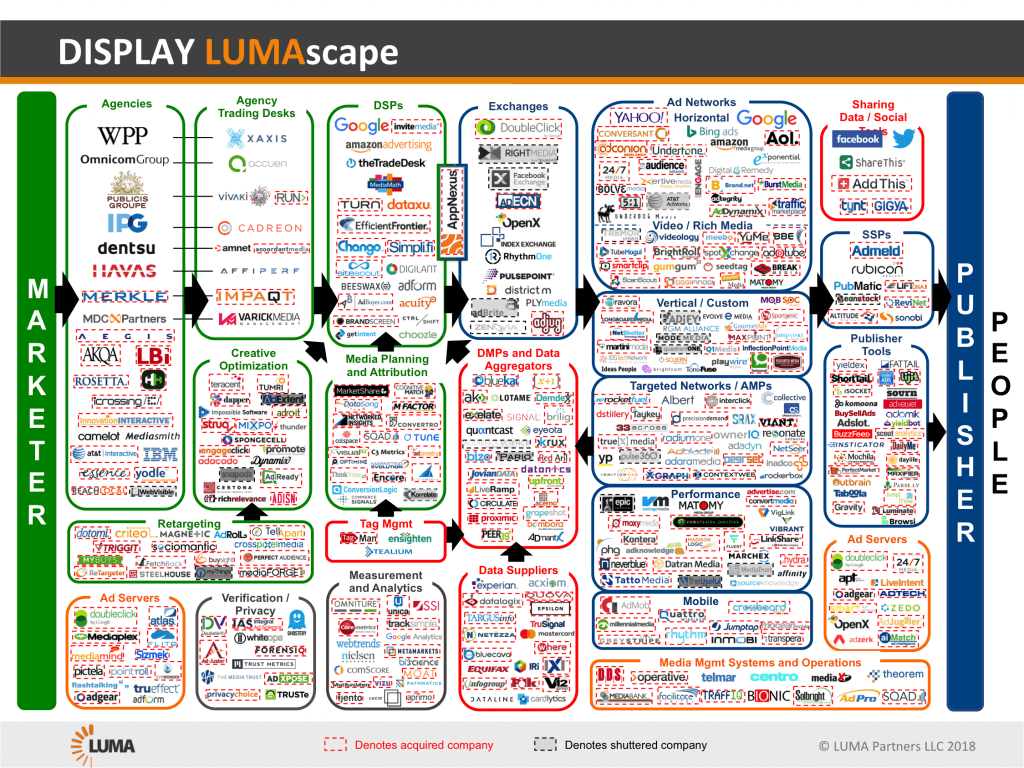| SPONSOR:Â Betteru Education Corp. Connecting global leading educators to the mass population of India. BetterU Education has ability to reach 100 MILLION potential learners each week. Click here for more information. |

Google and KPMG estimates India’s online education industry to grow eight-fold to reach $1.96 billion by 2021
Growing EdTech Market in India: Key Catalyst
- India is witnessing demographic dividends, implying more and more people, students and professionals alike are undertaking smart courses in order to improve knowledge base to gain a competitive edge in their careers.
- This phenomenon has convinced analysts of the immense growth prospects of the burgeoning EdTech industry in India.
- Reducing internet costs and increasing internet penetration in the country are other notable factors favoring the growth prospects of EdTech industry.
- In fact, a research report from Google and KPMG estimates India’s online education industry to grow eight-fold to reach $1.96 billion by 2021. Further, the study projects paid users in EdTech to grow six times from 1.6 million in 2016 to 9.6 million in 2021.

By Zacks Equity Research, Zacks.com
Microsoft MSFT has introduced Surface Go tablet in India exclusively through Bengaluru, India-based e-commerce company, Flipkart. Recently, the company commenced shipping of the device, with prices ranging from INR 38,599 to INR 50,999.
The different variants of the new tablet series come with storage capacity of 64 GB and 128 GB, with 4 GB and 8 GB RAM, respectively.
Notably, Surface Go was introduced by Microsoft in a bid to explore the low-priced tablet market to take on Apple’s budget iPads, and Alphabet’s lower-priced Chromebook.
The company had unveiled Surface Go device around Jul 10, 2018 which was made available in early August, with prices ranging from $399 to $549 in the United States.
We believe that availability of Surface Go in India will position the company well to capitalize on the emerging EdTech market. Furthermore, the enhanced security and performance features hold promise in the growing enterprise market in the country.
Microsoft is likely to benefit from the competitive pricing of its Surface Go device. The latest Samsung Galaxy Tab S4 with 64 GB capacity is priced approximately at INR 57,900.
Microsoft Corporation Revenue (TTM)

Microsoft Corporation Revenue (TTM) | Microsoft Corporation Quote
In the words of Country General Manager, Consumer & Devices at Microsoft India, Priyadarshi Mohapatra, “Globally and in India, it’s encouraging to see the rapidly growing Surface community in both consumer and enterprise.”
Enhanced Security & Performance Features Hold Key
The compact Surface Go features a 10-inch screen and weighs 522 grams (or 1.15 pounds), lighter than its prevailing Surface counterparts. Further, the latest series is equipped with Intel’s INTC processor and graphic chips.
Additionally, the device has a decent nine hour battery life and canfunction with optional keyboard, mouse and Surface Pen 2.
Surface Go’s Windows Hello facial recognition option feature for logging-in and Windows 10 S mode, makes it a compelling option.
In a bid to enhance security and performance, users can utilize Microsoft Store appsincluding Microsoft Edge to browse safely.
Enterprises may avail Windows 10 Proto safeguard business infrastructure with robust security features. Windows Autopilot enables users to configure Surface Go from the cloud, in turn simplifying the IT processes a great deal.
Growing EdTech Market in India: Key Catalyst
India is witnessing demographic dividends, implying more and more people, students and professionals alike are undertaking smart courses in order to improve knowledge base to gain a competitive edge in their careers. This phenomenon has convinced analysts of the immense growth prospects of the burgeoning EdTech industry in India.
Reducing internet costs and increasing internet penetration in the country are other notable factors favoring the growth prospects of EdTech industry.
In fact, a research report from Google and KPMG estimates India’s online education industry to grow eight-fold to reach $1.96 billion by 2021. Further, the study projects paid users in EdTech to grow six times from 1.6 million in 2016 to 9.6 million in 2021.
Enemy’s Enemy an Ally?
One important point to note in this latest development is that Microsoft selected Flipkart’s e-commerce platform to launch Surface Go in India. Notably, Amazon AMZN and Flipkart are the two major players in Indian e-commerce market. Additionally, Walmart WMT acquired a 77% stake in Flipkart.
Microsoft Azure directly competes with Amazon’s cloud platform Amazon Web Services (“AWS”) in the cloud market. Walmart which competes with Amazon in the retail and e-commerce market has selected Azure cloud platform.
When we join the loose ends, it makes sense to say that “my enemy’s enemy is my friend.”
Our Take
Microsoft is well poised to benefit from robust adoption of Surface Go on the back of improving EdTech and enterprise scenario in India.
We believe the availability of Surface Go will aid the company in bolstering competitive strength in the direct consumer market, primarily in EdTech market in India.
Notably, Surface revenues increased 14% (same at cc) in first-quarter fiscal 2019 on a year-over-year basis on the back of strong performance of the latest editions – Surface Book 2 and Surface Go.
Moreover, Microsoft Surface series of devices have registered considerable double-digit growth in India in this year, as per Priyadarshi Mohapatra’s statement to IANS. The incremental sales from India will eventually benefit the top line.
Source: https://www.nasdaq.com/article/microsoft-msft-debuts-surface-go-in-india-via-flipkart-cm1076740













